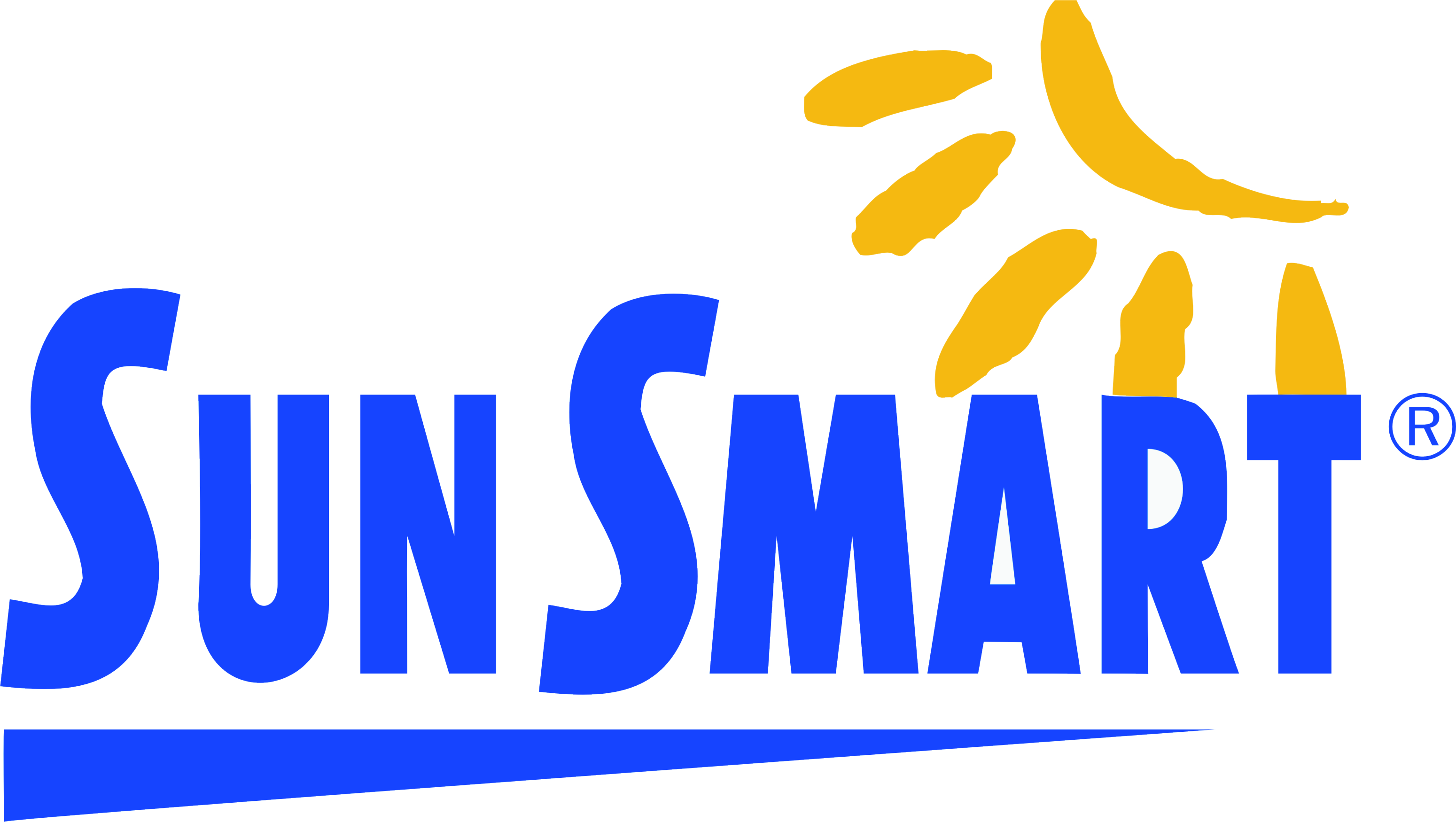
Don't Drop the Ball on UV Protection
Under Victorian workplace health and safety legislation, all employers need to provide and maintain a safe working environment that is protected from all environmental risks.
But when it comes to the risk of ultraviolet (UV) radiation, workplaces are dropping the ball. A recent Cancer Council survey showed that 2.5 million Australians spent half their working day outdoors, yet only 50% of those workers said their employer had a UV protection policy in place. The data should set alarm bells ringing for growers in particular, with the bulk of the workforce spending their day under the sun.
The sun’s UV radiation is generally strongest in the summer months, but for outdoor workers – who receive up to 10 times more UV exposure than a typical indoor worker – UV damage is a year-round risk.
Without the proper measures in place, every UV exposure at work adds to a person’s lifetime UV damage, increasing their risk of sunburn, skin and eye damage and ultimately, skin cancer.
In one decade, skin cancer has cost Victorian workplaces more than $6.2 million in compensation, common law damages and impairment benefits. The personal costs can be much higher, with 412 Victorians
dying from skin cancer each year. So what can you do to make sure you, your workers and your business are protected from UV damage and skin cancer at work?
Recognise UV as a year-round risk
For most Victorians, sun protection is a priority from September to April. But for growers and their employees – who spend long periods working outdoors – sun protection needs to be a priority every day, regardless of UV level or temperature.
Educate your employees
Workplace safety is a joint responsibility between employers and employees. Make sure all workers on site – including seasonal labourers – know that UV is an OH&S risk and that they know what they can do to protect themselves at work by offering training or education; providing resources; and develop an UV policy with workers’ input.
Get shady
Assess your outdoor environments and see if there are opportunities to create more shade, whether this means portable structures or permanent solutions, including tree planting. If there is limited shade available, you could also create a policy for rotating workers so that no person spends all day without shade.
Know the right tools for the job
Encourage workers to wear long-sleeved shirts with collars and long pants; a hat with a broad-brim or legionnaire’s style to protect the eyes, face, ears and neck; and slide on a pair of close-fitting, wrap-around sunglasses for eye protection.
Provide workers with SPF30 or higher, broad-spectrum sunscreen to slop on every two hours to any skin that can’t be covered with clothing. There are plenty of non-greasy, dry-touch formulas designed for outdoor work that won’t attract dust, dirt or leave marks.
Ask for help
Need a hand in fulfilling your OH&S requirements? Contact Cancer Council Victoria’s SunSmart Workplace team for advice on UV policies, training and education. SunSmart Workplace Education training sessions for workers can help you and your workers learn more about UV, skin cancer and what you need to do to prevent it at work. Find out more on the SunSmart website, [email protected] or by calling (03) 9514 6419.
SunSmart Downloadable Resources
SunSmart Victoria have developed a number of handy resources to ensure that you and your staff are SunSmart.
Protect your skin at work brochure
Skin cancer and outdoor work: a guide for employers 
Sun protection in the workplace information sheet 
SunSmart poster
SunSmart App
The FREE SunSmart app tells you when sun protection is recommended for your location using forecast information from the Bureau of Meteorology website and live UV data from Australian Radiation Protection and Nuclear Safety Agency.

